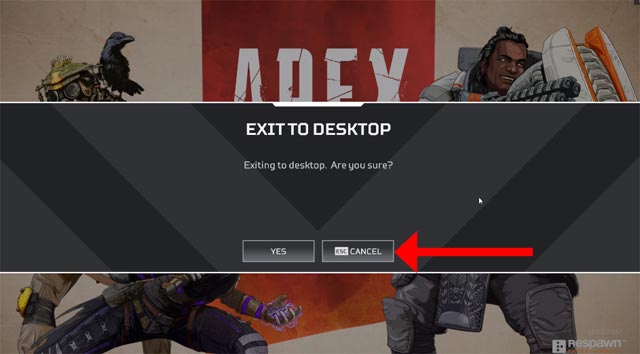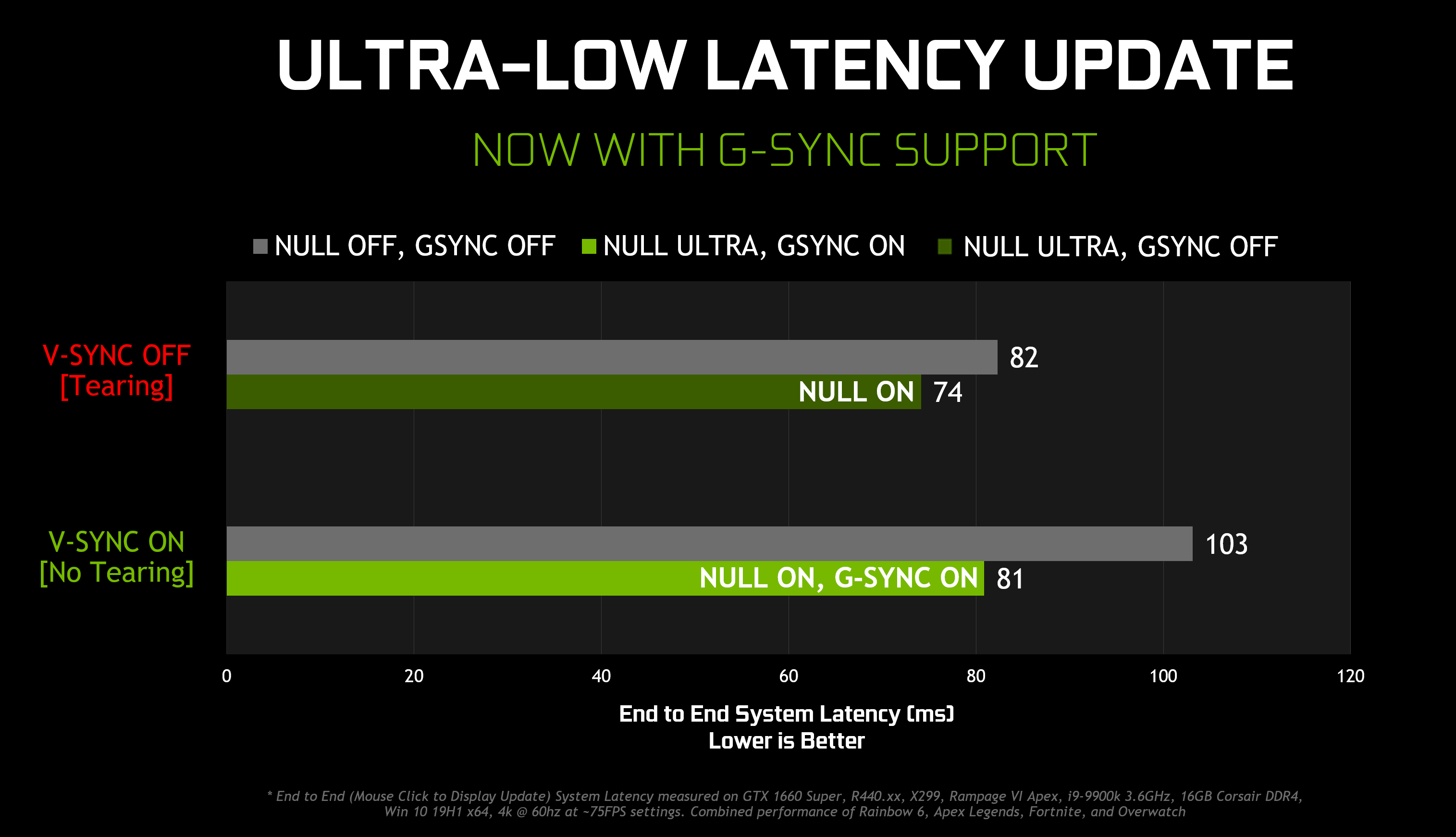Apex Legends being online only means that you face a ton of connectivity problems; read on to learn how to get Open NAT, Reduce Lag and Ping in the guide below: Peak Legends is the most recent discharge by Titanfall engineers Respawn Entertainment. The game is an online-just allowed to-play Battle Royale concentrated on Squad based play. Changing the data center and checking your ping is unnecessarily difficult in Apex Legends. This is a big problem, as professional gamers pay a lot of attention to these factors. As a cross-platform multiplayer battle royale game, Apex Legends is available on PC, PS4, and Xbox One.
Apex Legends has had phenomenal success as far as a game can get. It has only been a month since its release and we already have 50 million users playing the game on PC, Xbox One, and PS4. However, the game released without a beta run, and that is why we have been seeing a lot of issues in Apex Legends.
One of the issues which is annoying a lot of players is the input lag in Apex Legends. Many PC users have complained of an input lag from their mouse to the game in a way that completely destroys their aim in Apex Legends. According to pro players, there’s a mouse input delay of over 5ms in Apex Legends compared to other FPS games like CS:GO.
Yeah, I can 100% confirm this. For me there’s over 5ms more input latency compared to CS:GO, which I always use as my baseline.

With my setup (1000Hz mouse polling, 240Hz monitor) CS:GO has a total input lag of 7.9ms while running around 400fps (between mouse movement and first change on screen), which is also close to what I get in other fps games. Testing Apex Legends shows an input lag of 13.5ms, while also running at around 400fps (Google how to unlock it). That difference is easily felt if you’re a decent player with good reflexes.
u/adam10603Every game has an input lag, be it on PC or a console, but when you’re playing with the best equipment like a very low latency mouse, 144 Hz refresh rate monitor and a high-end graphics card capable of running the game at 180+ FPS, you expect the input lag to be as minimal as possible. If it’s not, then it’s probably an issue within the game.
Respawn, the team behind the development of Apex Legends at EA, hasn’t yet commented on the input lag issue in Apex Legends. But thanks to the wonderful community of players that Apex Legends has managed to build in a very short time, we have a workaround that has reportedly fixed the lag in Apex Legends for many users.
Apparently, locking the maximum FPS the game can reach reduces the input lag issues in the game. Users have suggested locking the frame rate to 60 FPS if you have a 60 Hz monitor, or 77 FPS if you have a 75 Hz monitor. If you’ve got a monitor capable of 144 Hz, we recommend you lock down the frame rate to 80 FPS in the game to reduce the input lag.
How to set maximum FPS in Apex Legends
- Open Origin on your PC.
- Go to My Game Library from the left panel.
- Right-click on Apex Legends and select Game properties from the context menu.
- Now select Advanced Launch Options tab, then put +fps_max 60 in the Command line arguments field.
- Hit the Save button.
Once you have saved the maximum FPS rate in Apex Legends, launch the game to see if the excessive input lag issue in Apex Legends has been resolved.
Happy Gaming!
Unless you’ve been on an internet cleanse of late, you must already be aware of the storm of praise Apex Legends has been brewing. Only a couple weeks have passed since it was launched and EA’s class-based battle royale title is already eyeing the top spot in the genre, having already broken Fortnite‘s record for single-day Twitch viewing and amassed two million concurrent players in the two days after its release as well as 25 million total logins during its first weekend.
The screaming evidence of the game’s popularity and the fact that it is free to play is likely to continue raking in more players, even those who aren’t the biggest fans of battle royale titles. If you too are considering trying your hand at the game, the first thing you may want to do is ensure you get the best experience possible going into your first online bout. If you’ve already played through (and been mercilessly mowed down) in your first few matches, you may be looking for a way to ensure you’re getting the best possible latency (or ping) in game for a delay-free experience. Here’s how to do just that on PC.

How to View Ping / Latency, Packet Loss, and FPS in Game
1. On the game’s home screen, click the cog button in the bottom-right corner to open up settings.
2. In the Gameplay tab, scroll down to find the Performance Display option.
High Ping Apex Legends
3. Hit the On button in front of it to enable the feature. Doing so will display the your current latency, packet loss, data in/out, and FPS (frames per second) count in the top-right corner of the screen while you’re in a match.
How to Change Server
1. Launch (or restart) Apex Legends.
2. On the welcome screen you should be able to see a Data Center option at the bottom that also displays the currently selected data center along with your latency.

3. Click the option (or hit Tab) to view all available regions and your latency for each one.
4. Click on the region of your choice (we’d suggest choosing the one with the lowest latency and packet loss) to connect to it.
Apex Legends Ping System

That’s all there is to it!
How To Lower Ping Apex Legends Ps4
Did this guide help you? Show us some love by following us on Facebook, Twitter, and Google+ for instant social media updates from our website! You can also find us on YouTube.
